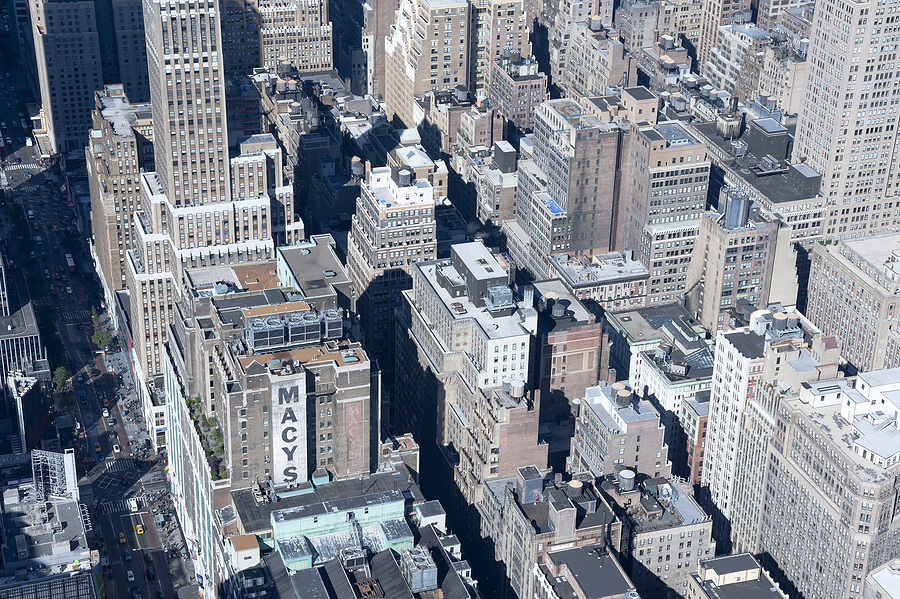Proposed Commercial Conversions Present Exciting Opportunities
By Frank Fortino
Last September, when New York City Mayor Eric Adams presented his City of Yes for Housing Opportunity proposal, I saw it as an exciting step forward for New York and for the people who live and work here. One of the most promising initiatives focuses on converting underused commercial space to housing, an important step toward addressing the long-standing challenge of housing scarcity in New York.
Potential Benefits of Commercial Conversions
Many of these underused commercial buildings are in depressed areas like the Garment and Flower Districts in Chelsea, which used to function as manufacturing facilities and warehouses. It reminds me of the conversions that took place downtown, in SoHo and TriBeCa, when they converted similar buildings to loft-style apartments.
By updating zoning and construction regulations to transform these properties into residential units, the city can simultaneously address several problems:
- The emphasis on creating affordable housing will allow people of all ages and backgrounds to live in New York. By attracting younger people who enjoy the action and diverse offerings of the city, we can inject new life into these neighborhoods where outdated regulations have limited their ability to evolve.
- Many people who left New York for more affordable housing don’t want to return to the city for on-site work because of the excessive commute. The increased availability of affordable housing may encourage these workers to return to the city—and to the office, where they can collaborate with colleagues and increase productivity.
- Finally, creating affordable housing that allows people to live near their jobs can lead to overall quality-of-life improvements. Spending so much time at home, many Americans have neglected their diet and physical fitness. Moving the needle closer to normal can help people return to healthier habits, while also reaping the mental-health benefits of increased socialization.
With support, the mayor’s plan can succeed, as we’ve seen in Long Island City and downtown Manhattan in NoHo and SoHo. People have returned and brought new life to these formerly depressed areas, thanks to incentives and other opportunities.
A Call for Creative Collaboration
Of course, converting these older commercial spaces into enticing residences is far easier said than done. Beyond the need to revamp outdated regulations, such as the law that prohibits residential conversions of buildings constructed after 1961, the buildings in question have many other challenges. For example, commercial properties don’t meet natural lighting and ventilation requirements, and the placement of structural columns can present an obstacle to subdividing large, open floor plans into residential units. Also, the ambitious undertaking of creating tens of thousands of housing units requires evaluating and likely upgrading the associated infrastructure to support the increased population.
After more than three decades of partnering with the professionals in the New York City construction industry, I am confident that we can overcome these challenges to realize the mayor’s vision of a more welcoming, inclusive city. However, it will require close collaboration among all parties involved—from city agencies like the DOB, HPD, and FDNY and the City Planning Commission to the developers, builders, design professionals, and other experts who shape the city streets and skyline. All of us need to work together toward a common goal.
What brought me to this industry—and what keeps me here—is the opportunity to work with creative people who share the same passion and love for this city and its future. The mayor’s housing proposal, of which commercial conversions represent only one part, presents many complex challenges, but we can overcome them all. We simply have to come together with open minds and a united purpose.


